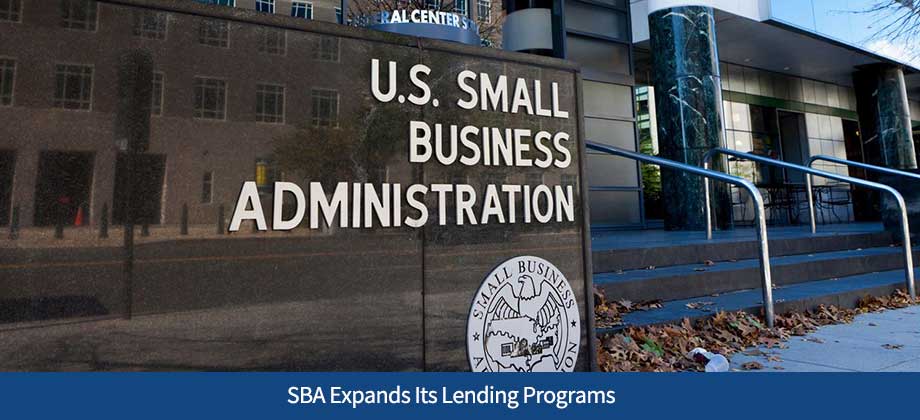SBA Expands Its Lending Programs

It can be argued that small businesses are the lifeblood of the American economy. President Biden has long touted his Investing in America Agenda as a way to create “good-paying jobs, including union jobs and jobs that don’t require a four-year degree in industries that will boost U.S. competitiveness, rebuild infrastructure, strengthen supply chains, and help build a clean energy economy.” As a result, we’ve seen tremendous growth in the U.S. with the creation of over 12 million jobs and 10.5 million new small business applications. This is great news for a lot of small business owners out there, but issues persist for those in underserved communities. According to the SBA’s website, “In 2022, two out of three business owners who sought credit did not receive what they needed. The number of lenders that originated SBA’s 7(a) loans under $50,000 and $150,000 decreased by over 40% and 25%, respectively, for the past five to seven years.”
The Background
There is currently a moratorium that caps the amount of lenders allowed to participate in the SBA’s § 7(a) loan program. For the last four decades, there has been a moratorium that caps the number of Small Business Lending Companies (SBLCs) that can be licensed by the SBA—the cap has held steady at 14 since 1982.
The Ruling
Armed with this new data on business owners unable to access capital, the White House determined a need to increase the number of lenders permitted to offer SBA-backed loans. More lending options will allow small business owners to grow in a way they haven’t been able to in the past—especially those in underserved communities. In April, the SBA announced it would end this moratorium and expand the number of SBLC licenses. This rule will “allow for additional licensees, enabling them to make loans to small-dollar borrowers with government guarantees, reducing risks and broadening opportunities” per the SBA website. This new ruling will go into effect on May 12, 2023.
To further increase the number of credit-worthy small businesses that can access loans from the SBA, the SBA is also updating the lending criteria for its 7(a) and 504 loan programs and limiting the red tape lenders must navigate. It will do this by letting lenders make loan decisions according to their existing policies for non-SBA loans of a comparable size, offering more flexibility for loans under $150,000, reducing the paperwork lenders have to tackle, and clarifying who qualifies for an SBA loan.
With these rulings in place, the hope is that minority-owned businesses that need access to capital are able to get their hands on the funding that can help them succeed. Follow us over on the Financial Pantry for the latest updates on all things small business, including new regulations, marketing tips, financial offers, and more.

